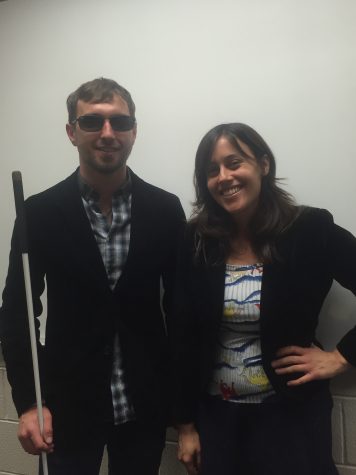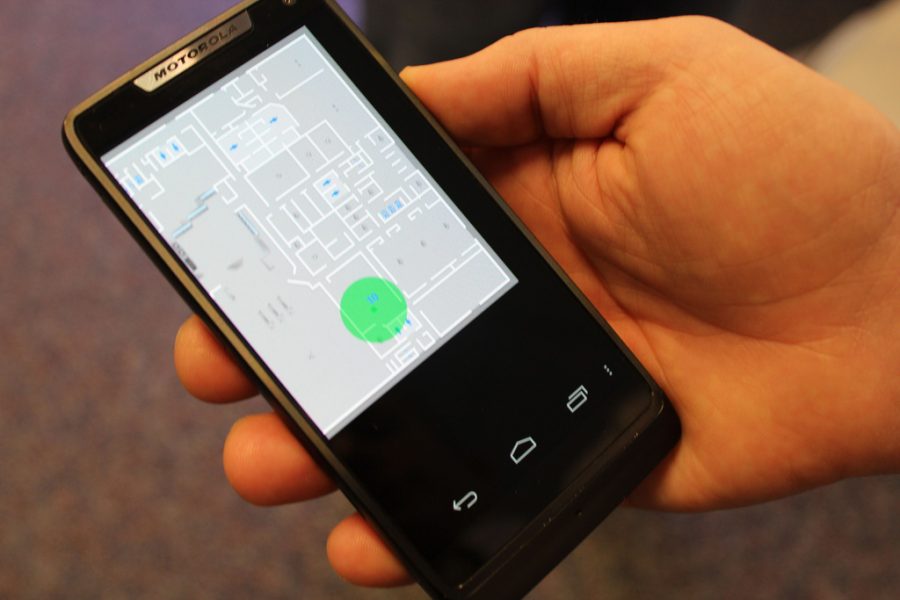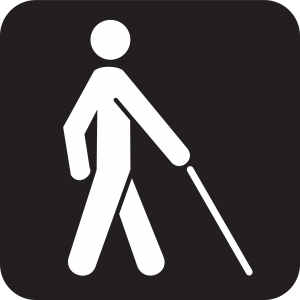Seeing Media Through Blind Eyes
November 30, 2016
Technology and media are an all-encompassing power these days, whittling their way into our everyday lives. They are global, encompassing, used by all and revered by many. But what happens to the people who are unable to access

everyday media? What about someone who is blind? They are left in the dark, so to speak; left a step behind the rest of the world.
It is curious how the world of technology cooperates with somebody who has this “disability,” as Petr Kucheryavyy, a Senior Outreach Specialist at the Colorado Center for the Blind and blind himself, put it –they’re “on the sidelines of a developing world.”
This creates a sort of “parallel stream.” One is the main stream of technology development, and the second stream is access to technology by persons with disabilities.
Petr embraces technology with great passion, owning a multitude of electronic gadgets, including an iPhone and Windows laptop. The disconnect, however, is clear.
“And so, somebody like me and others who are blind, we end up being in that second stream that’s always a little bit kinda behind and the information communication between one and the other. . . well. . . there’s always a lag.” In his experience, they’re always a few feet behind; as technology moves forward, the first leap that it makes is not always accessible. It’s the second leap in which the access team learns to make that developed technology accessible.
According to Petr, the world doesn’t seem to quite grasp this concept. Society believes that blind persons should just be grateful for having any access to technology at all, but it goes beyond that.
“The reason why [this] happens isn’t because blind people or any person with a disability just ‘should be grateful’ that anything is accessible to them, that we’re just so fortunate to even have that second leap; It’s because we’re a minority.”
It seems to always go back to that word.
Minority.
Minority groups are hugely impacted by media — often not in a good way. We see it all the time in the news and in our world. But there is a new layer beyond that.
“You think people in minority groups as being Latinos or African American or Native American or just people of color in general. But you don’t really think, ‘Hey, blind people! There’s a minority group!'”
This all ends up as the ultimate truth about developing technology and developing society, developing anything. As it gets produced, it begins representing the people who use it; the problem is that the people who actually use it are far more diverse than the developed product itself, whether we’re talking about a mass media outlet like Facebook or just society in general.
Granted, we have gotten much better. We’ve taken great strides in the right direction. Take Petr’s phone for example. It has a specific program for reading off the apps and words on the page to him in a specific order. Without that technology, Petr wouldn’t be able to read Facebook or any other app on his phone.
Society and technology have taken long strides in the right direction in making technology available for all, but one thing is certain: we still have a long way to go.






denise • Jan 20, 2017 at 5:12 pm
PWD aren’t actually a minority, we’e a majority equaling 52% of the population. The rub is that only 15% are born with a disability and 2% of those are visually impaired. So tech developers don’t see the financial reward in this market. On the other hand, military veterans with vision loss expect to come home and use their devices like before. Now that’s a viable market.
Josie • Dec 5, 2016 at 9:21 am
Great article! An amazing discovery I recently made while at the CCB is that many people with a sight impairment can hear the way we read–they can skim (listening) through text at a very fast speed. I agree all new technology should be designed with accessibility in the forefront not as an afterthought. I’m impressed meanwhile with the skills and tools people with disabilities have developed to deal with the current world.